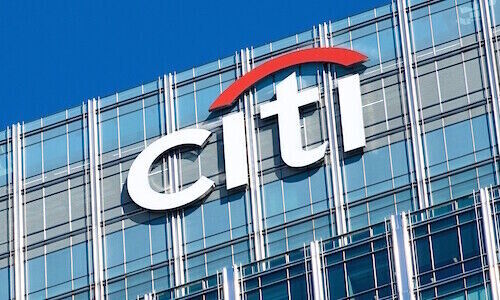Can Swift Outrun Fintech?
Having workable technology is not the main hurdle for fast and secure global payments though: the main hurdle to seamless payment systems lie in frictions within banks themselves, noted Moon.
«Cross-border payments have been slow as banks need to deal with forex, anti money laundering regulations and a myriad of activities that contribute friction in the business process,» he said. Blockchain, of course, is unencumbered of the layers of regulation which apply to banks.
Replacing Legacy Systems
What to do? In March, SWIFT completed a proof-of-concept using distributed ledger technology, or DLT, in a testing environment for software. The next step is for banks to replace age-old legacy systems or processes with real-time liquidity monitoring systems.
«All account servicers would first need to migrate from batch to real-time liquidity reporting and processing, and bank office applications would need to be upgraded to feed the platform with real-time updates,» said Damien Vanderveken, head of research and development at SWIFT.
It remains to be seen whether SWIFT’s efforts will be enough to see off startups trying to eat into the company’s dominance in global payments. Thus far, fintechs are gaining momentum by attracting millions of micro-transactions - like small particles gathered in a sandstorm – without landing a knockout blow.
Lower Cost, Higher Speed
Some notable startups include Ripple and Stellar, which operate payment protocols Ripple Transaction Protocol and Lightyear, respectively. They are real-time gross settlement systems and remittance networks based on consensus ledger and leverage on their native digital assets.
They promise the same features demanded by users of cross-border payments: speed, real-time traceability of funds, and currency convertibility across payment platforms – but at way lower costs. Ripple's native digital asset - XRP, has the third largest market capitalization after Bitcoin and Etherum, while Stellar's digital asset - XLM, ranks sixth, according to website «CoinMarketCap».
Using the SWIFT network costs about 2 to 3 euros cents per transaction for financial institutions (who may pass on or mark-up the fee). In contrast, the base fee on Ripplenet is .00001 XRP (EUR 0.39 cents) and the base fee on Stellar's network is currently set to .00001 XLM or Lumens (EUR 0.25), according to their websites. Both platforms charge fees on the sender.
Read how fintechs are joining up with established financial firms and how SWIFT views cryptocurrencies in the second installment of this article: Ripple, Others Up Payments Game on finews.asia.
- << Back
- Page 2 of 2




























